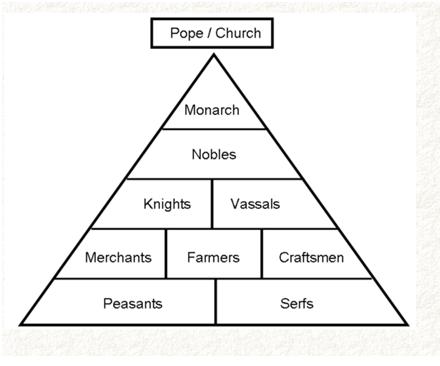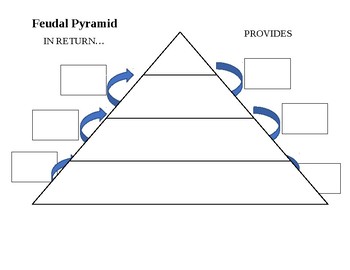

Often, rights that were privileges of the Crown – such as the right to collect taxes and fines – in time transferred to the landowners, such that the landowners collected these incomes from their own copyhold farmers – even though the landowners themselves owned their land.ĭuring the past years, the term ‘feudalism’ has become controversial. Danish historians increasingly used the term in order to examine how the phenomena that are now part of the Government originated, developed and were placed in society. With that, the concept received a formulation that made sense also in Danish medieval history – even outside of the princely fiefs. In other words, it was a significant expansion of the first meaning of the word feudalism, likely influenced by the Marxist view. Again, focus was placed on Northern France and Belgium. Along with this, he attempted to depict the mentalities that characterised such a society. At the same time, he put emphasis on discovering how the functions that are now part of the Government were spread throughout the system: legislative, judicial and executive power – such as collecting taxes and fines, for instance. This also applied to the copyhold farmers, who in the end cultivated the land that had ‘travelled’ through the stages of fiefdom. In his book, Marc Bloch describes an entire society that is connected through superior/subordinate personal allegiances. The ideas about historiography propagated by the Annales School were highly influential in most of the Western world from around 1945 until the 1980s. French historian Marc Bloch (1886-1944), who is considered one of the two founders of the French Annales School, wrote it. In 1939-40, The Feudal Society ( La Société féodale), a book in two parts that would become highly influential, was published. This definition is simply too broad to teach us anything new. The problem, then, with this definition is that landowners and copyhold farmers have been the dominant parties of numerous societies all over the world for very many centuries. Because of that, landowners need military, political and judicial power in order to maintain the system. For this reason, they are inclined to ‘forget’ to pay the landowner unless they are forced. The copyhold farmers are not, as opposed to the workers under the system of capitalism, dependant on those who own the means of production in order to produce and make a living. Because of this, they leave the land to copyhold farmers, who then have to pay dues in return for the right to cultivate the land. According to Marx, it is characterised by big landowners not having the time to cultivate their land personally.

He had to find a way to describe the so-called mode of production that had preceded this system, and that he referred to as feudalism. Karl Marx (1818-1883) spent an increasing amount of his time from the middle of the 1800s onward trying to figure out how the system that he (and others) referred to as the capitalist system, worked and how it had come to be. The Duchy of Schleswig became by far the most important of these areas, among other reasons because the others usually only endured for a couple of generations at most. In Denmark, it has generally been agreed, that this system was only found in the so-called princely fiefs parts of the kingdom’s periphery that were given to younger princes in order to provide them with income and social standing befitting their rank. On the other hand, the system gradually came to influence most of the rest of Europe, although here it faced stronger competition from other types of land ownership. Apart from in the latter area, the system was not universal, as private ownership of land also existed. This system is considered most widespread in what is now Northern France and Belgium, as well as England after the Norman Conquest in 1066. In the end, the system tended towards anarchy.

This, with time, led to neglect of duties towards their superior and threatened the coherence of the pyramid. In time, the vassals gained the right of inheritance to the lands they held as fiefs. These could then further lend their land to vassals, creating a pyramid of landowners, who were only bound by oaths of loyalty to their superior. These areas were in fact so large that the vassals in turn had to lend parts of the land to other vassals, under the same conditions. These vassals often bore titles such as duke, count or baron, and ruled over large areas. He in turn ‘leased’ the land to vassals, in return for their loyalty and service. All land in a given territory fundamentally belonged to the prince/king. Historians eventually developed this meaning into an ideal type or model. The oldest meaning of the term ‘feudalism’ relates to fief, as already mentioned.


 0 kommentar(er)
0 kommentar(er)
